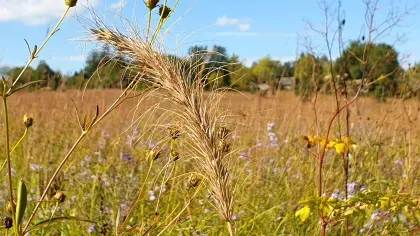American Prairie
In the heart of Wakehurst stretches a unique, six-acre American Prairie. Discover the importance of this threatened habitat, and how it’s defining the future of climate-resilient gardening.

Walking down from the Mansion towards the Pinetum, you will be transported to Wakehurst’s remarkable American Prairie evoking the vast and iconic North American wild plant communities.
Your gaze will stretch out across Wakehurst, where stunning views of the Water Garden will be revealed, having been hidden since the 1930s.
Find the American Prairie at marker 17 on our Map of Wakehurst
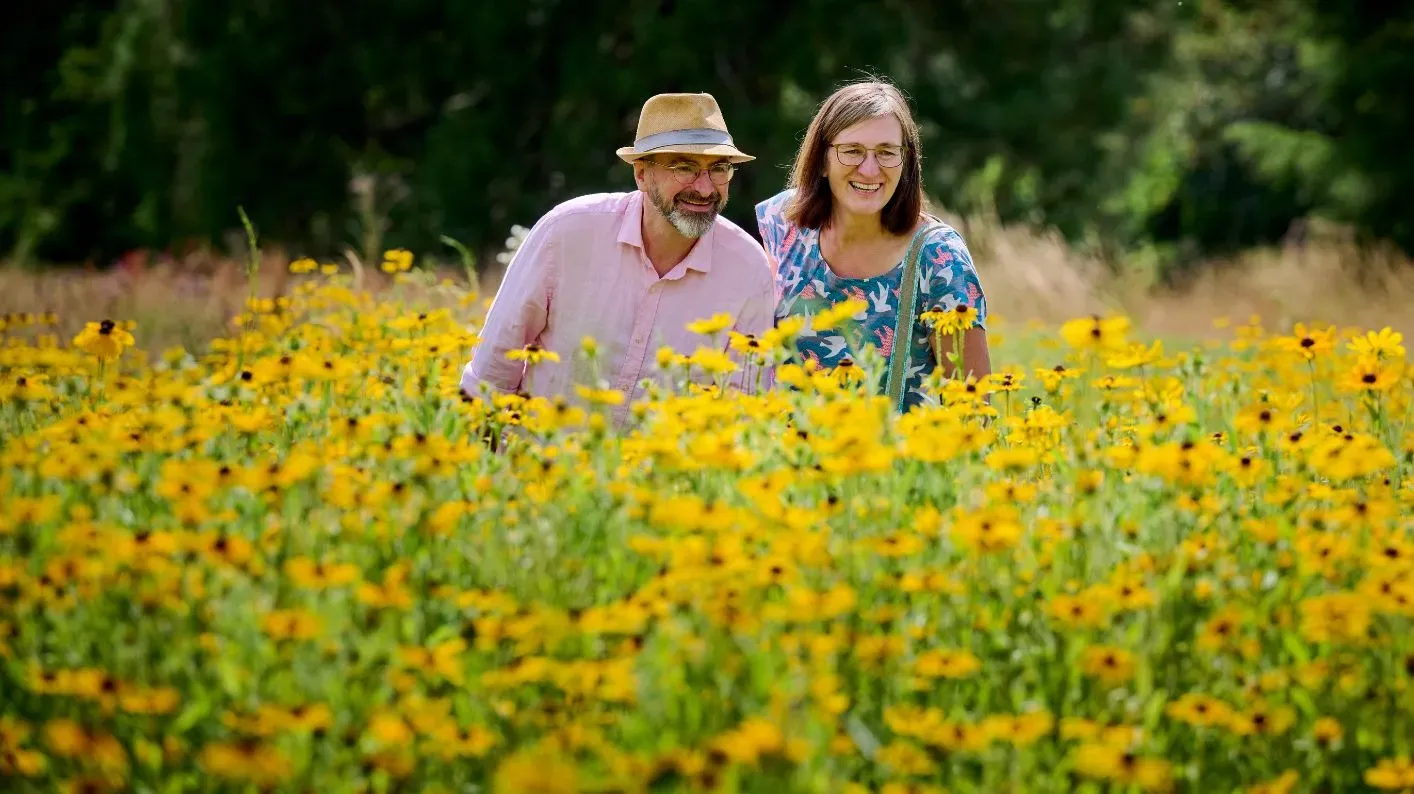
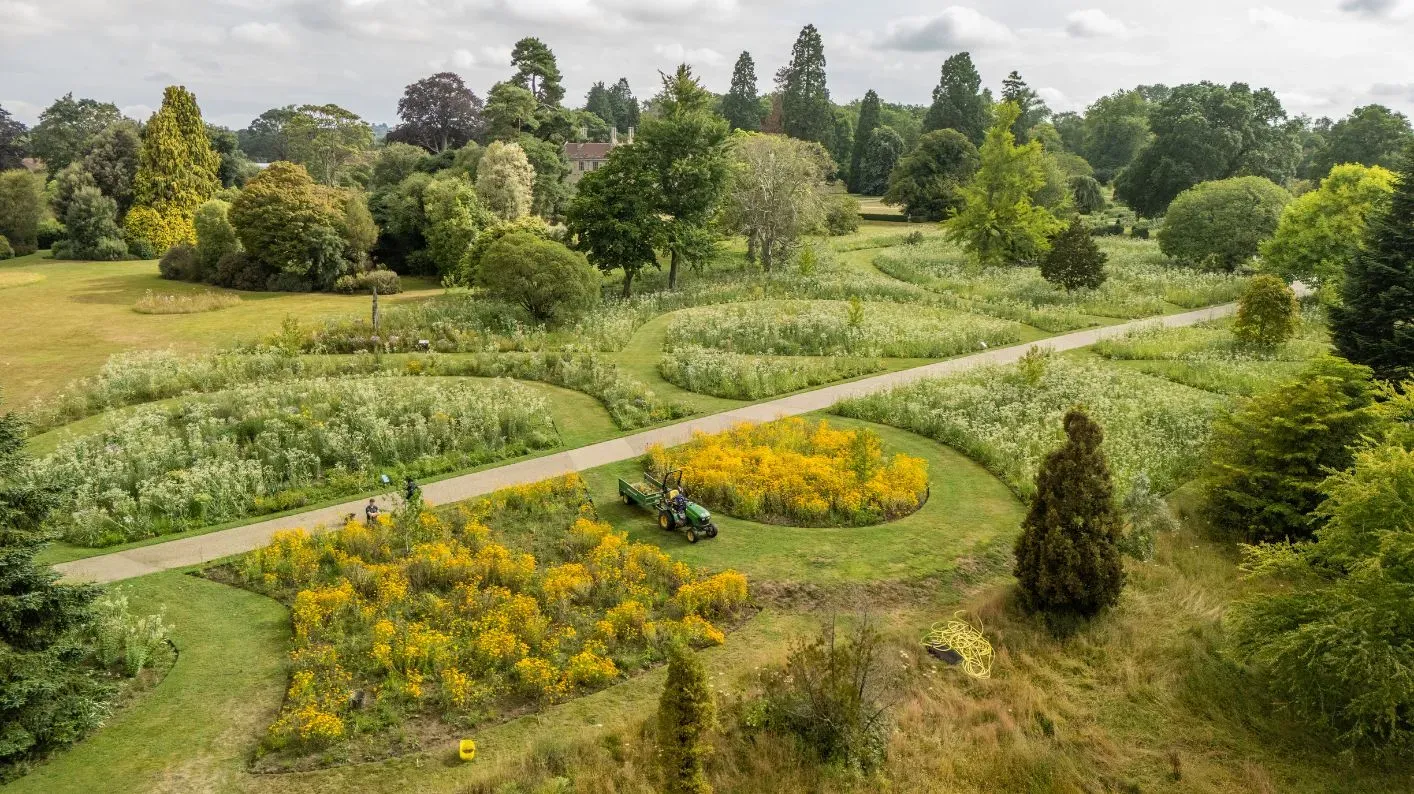
The story so far
The tale of our American Prairie began in 2019, when a group of Wakehurst horticulturalists and scientists travelled to North America. In collaboration with our US partners, the team hand-collected millions of wild seeds from native prairies, to be planted right here in Sussex.
We designed the landscape in collaboration with landscape architects LUC (Land Use Consultants) and Philadelphia-based Larry Weaner Landscape Associates. Larry joined us in person to share his expertise with our team.
The seeds were then brought to Kew's Millennium Seed Bank at Wakehurst, where different species were mixed together to create the perfect blend, before being sown across the landscape in 2020.
A selection of seeds were kept in the Nursery, nurtured by our expert team to successfully germinate into 50,000 plug plants, each hand-planted a year later.
The American Prairie first came into flower in the summer of 2021, an unmissable blanket of yellow, home to pioneering plants Coreopsis and Rubeckia. It was then mowed in preparation for the remaining plants that were ready to be hand-planted into the landscape.
In the years that followed, we’ve seen the Prairie continue to evolve, showcasing a rainbow of colours each summer. September 2023 brought an array of purple thanks to smooth-leafed aster, whilst last summer saw the spiky heads of Rattlesnake master dominate the landscape.
This year, there are over 50 species to spot, and we’re expecting botanical giants, with big bluestem and whorled rosinweed reaching up to eight feet tall. In one corner, visitors can find a sea of yellow from Rudbeckia, reminiscent of the prairie’s first bloom.
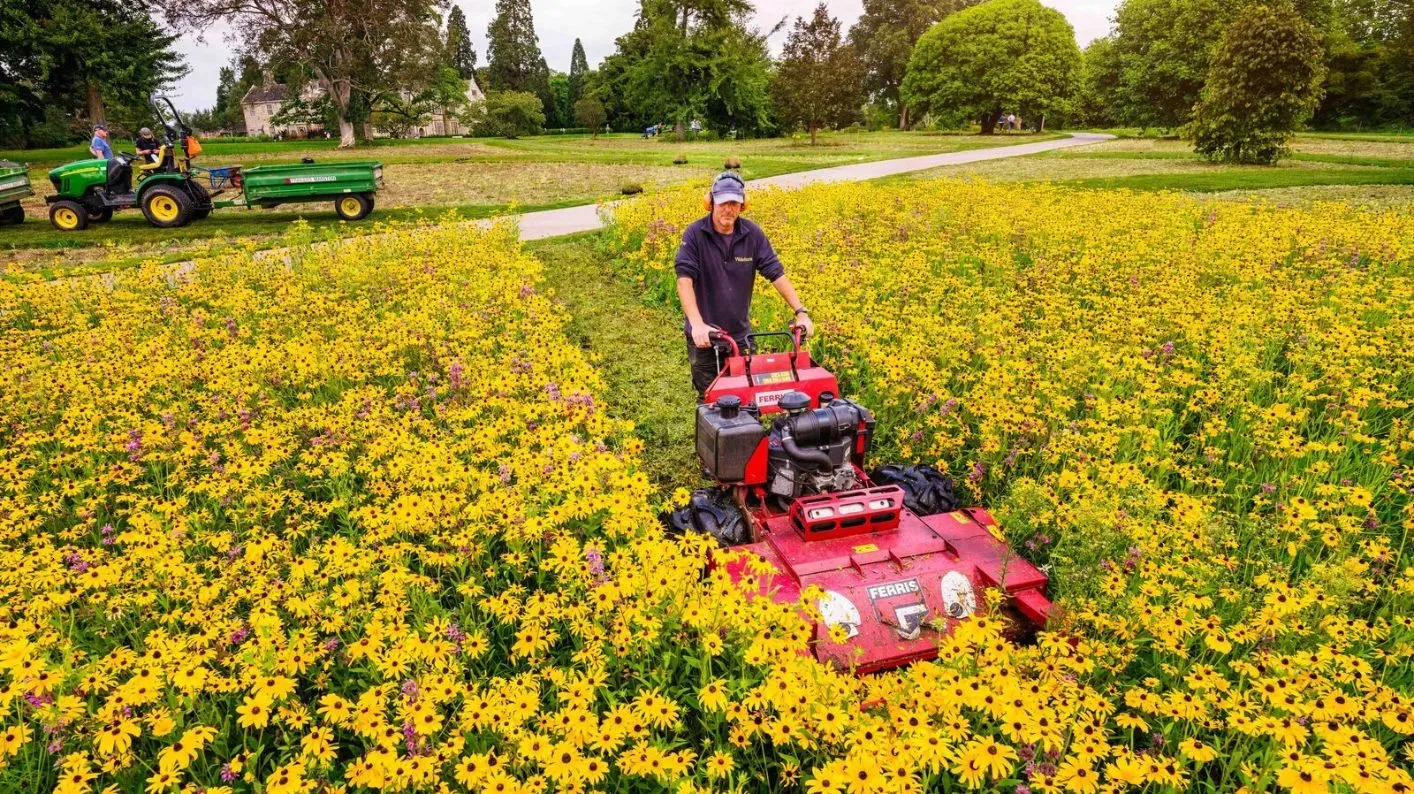
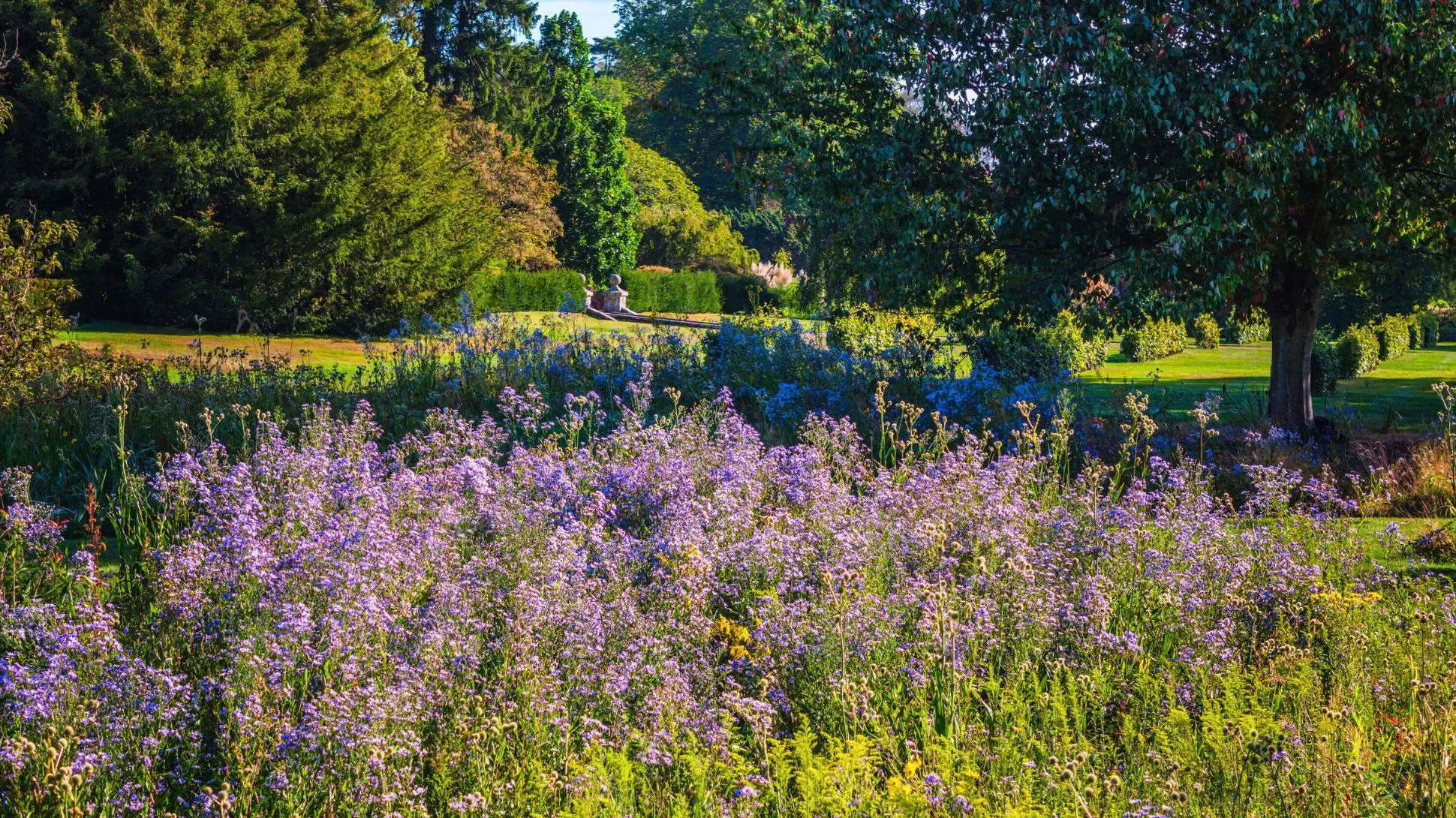
Why the American Prairie?
As a botanic garden, we plant phytogeographically, meaning the plants are grouped according to where they grow in the world.
Our climate and soil are particularly suited to the beautiful plant communities of the prairies, and we are excited to see how they thrive and develop in Wakehurst’s gardens.
The Millennium Seed Bank collaborates closely with conservation partners in North America. Through this landscape, we have a unique opportunity to share our knowledge and resource through a pioneering conservation landscape and living collection.
The American Prairie will be a floral complement to our dramatic North American woodland, Horsebridge Wood, as well as acting as a bridge between the more formal gardens and the wilder landscape beyond, radiating across Wakehurst’s 535 acres.
A landscape for the future
Far more than just a stunning landscape, the American Prairie is a dramatic demonstration of climate-resilient planting. With their long roots, prairie plants tap into water stores metres underground and even help to store carbon in the soil.
The prairie also provides multiple benefits to gardeners, requiring much less watering and management. These six acres in the heart of the Wakehurst landscape are a proven demonstration of thriving, future-proofed gardening.
Our American Prairie has also contributed to Wakehurst’s role as a living laboratory.
As part of our Nature Unlocked research project, Kew Scientists have used the landscape to investigate the benefits of native and non-native plant species for pollinators.
When faced with the challenges of climate change and biodiversity loss, these research projects help to outline how and why we can encourage biodiversity in the UK, for the benefit of plants and wildlife.
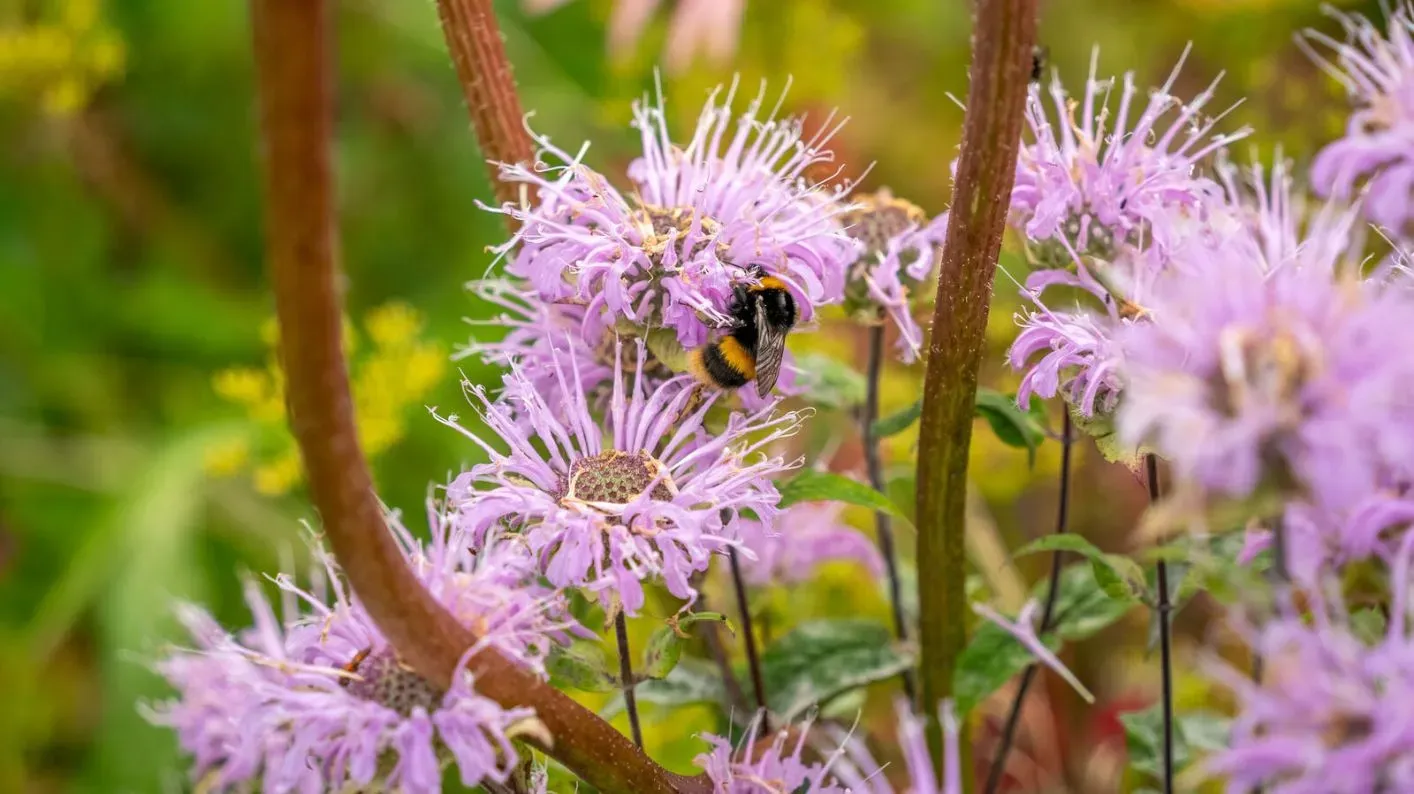
What’s next for the prairie?
We will continue to manage the American Prairie using ecological processes which encourage our plant community to establish and thrive.
This stunning landscape will continue to evolve, transforming into a true spectacle at Wakehurst.
Read & watch
More to see at Wakehurst
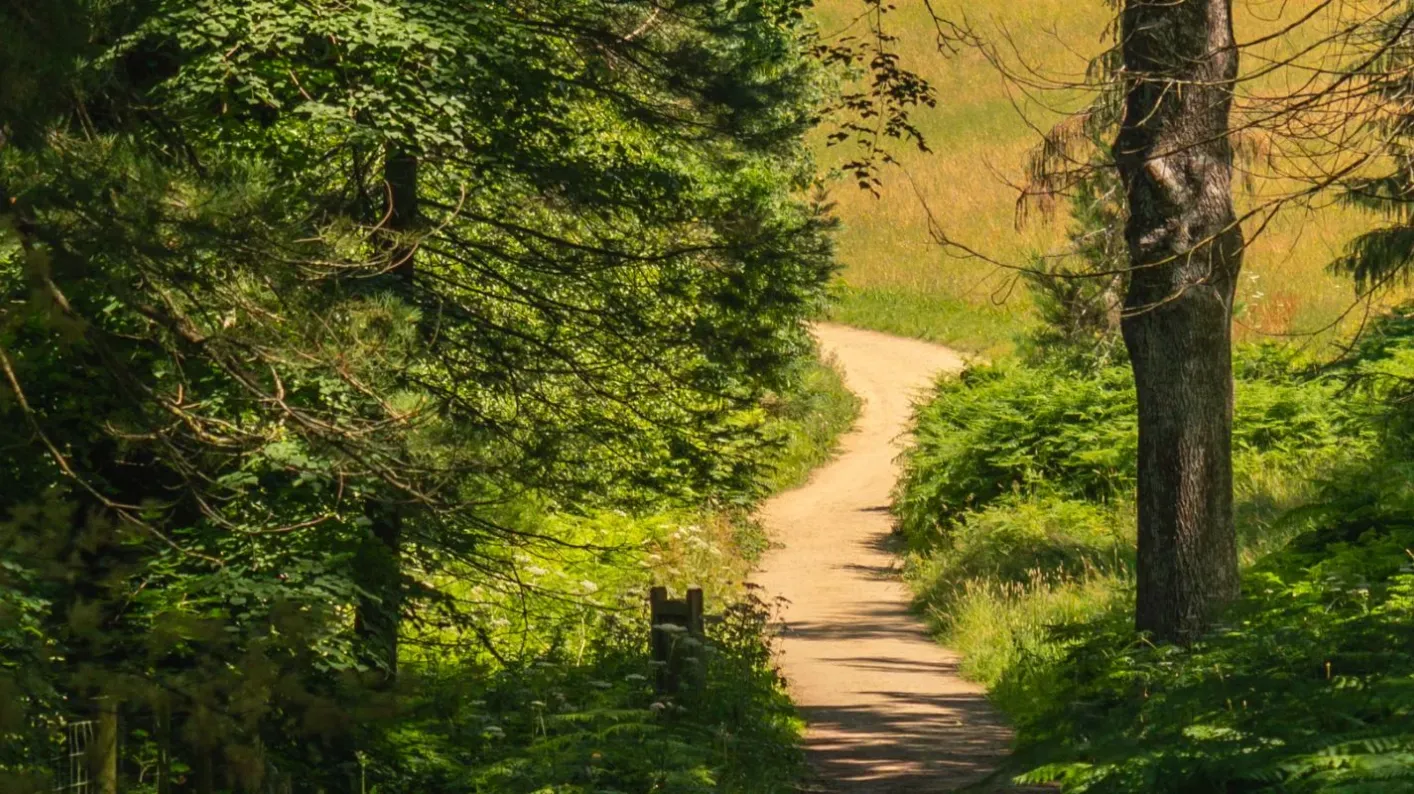
Horsebridge Wood
.jpgafdb.webp?itok=ZLf2mOD_)
Coronation Meadow
.jpgab95.webp?itok=yUNMOtIr)
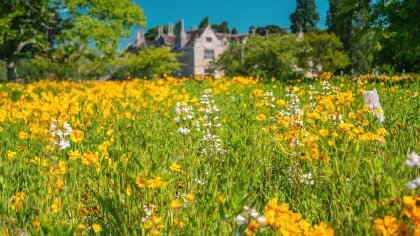

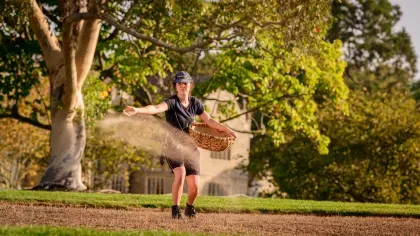
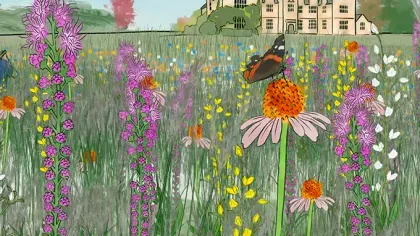
.jpg7f2c.webp?itok=82idE9Th)
